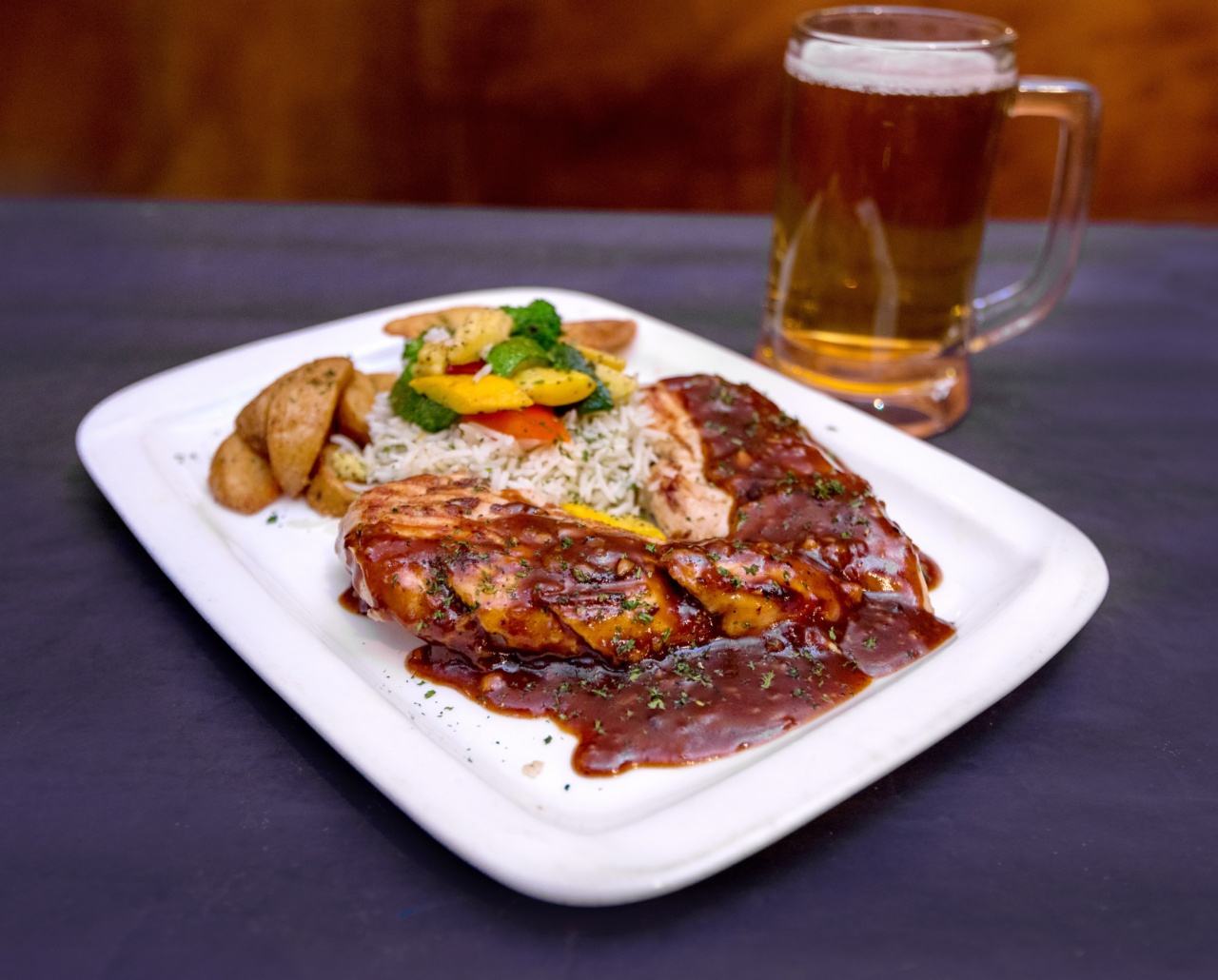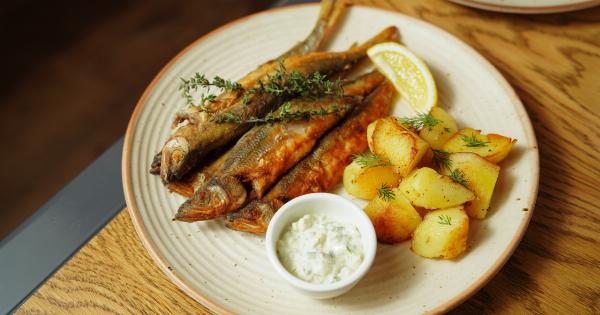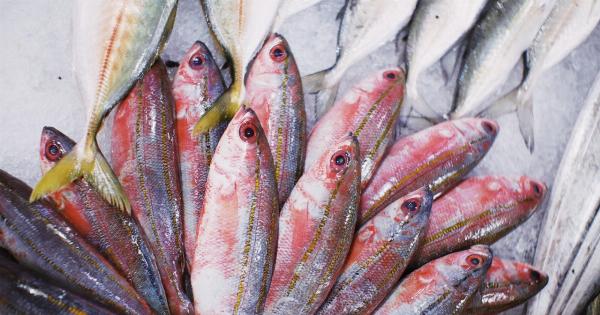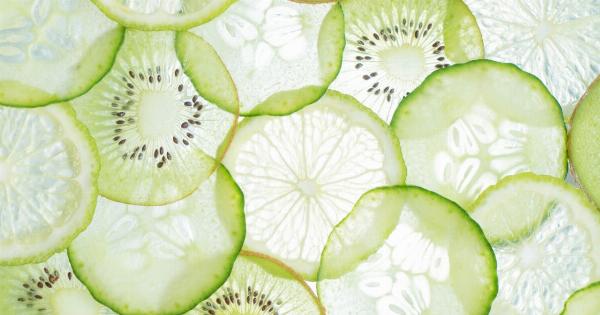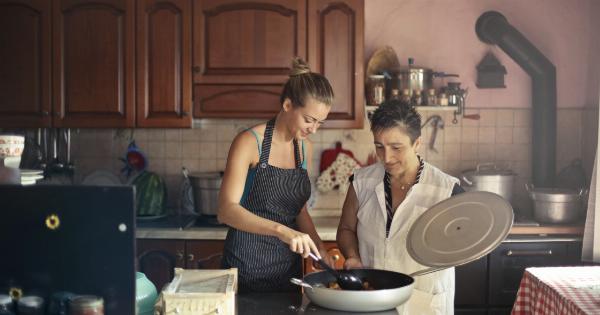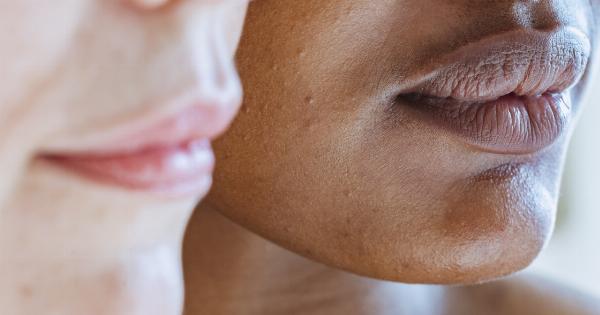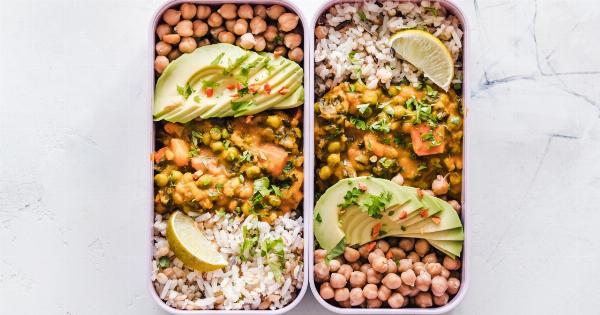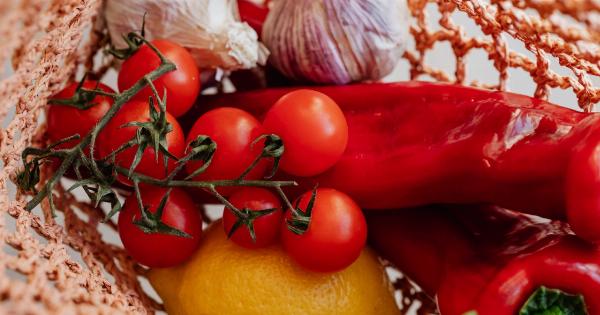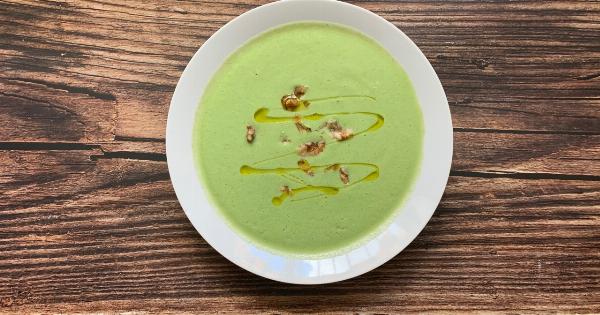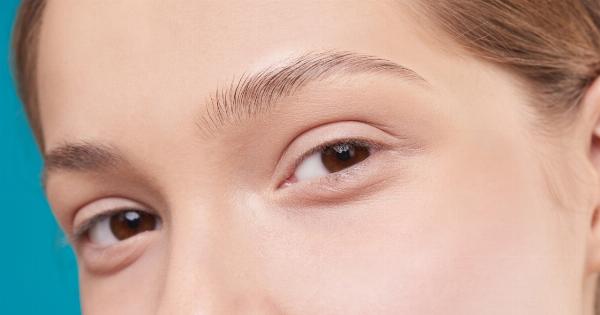Diabetes is a chronic condition that affects the way your body produces and uses insulin, a hormone that regulates blood sugar. Proper diet and exercise play a crucial role in managing diabetes, and monitoring carbohydrate intake is essential.
When it comes to carbs, potatoes and rice are two of the most popular staples. But which one is better for diabetics? Let’s compare and find out.
What are Potatoes and Rice?
Potatoes are a starchy root vegetable that are a good source of vitamins and minerals, such as potassium, vitamin C, and folate. They are commonly eaten boiled, baked, mashed, or fried, and are a popular side dish.
Rice is a cereal grain that is a staple food for many people around the world. It is a good source of complex carbohydrates and provides energy. There are many types of rice, including brown, white, jasmine, basmati, and wild rice.
Carbohydrate Content
When it comes to carbohydrate content, both potatoes and rice are high in carbs. A medium-sized potato contains about 37 grams of carbs, while a cup of cooked rice contains about 45 grams of carbs.
However, potatoes have a higher glycemic index (GI) than rice. The GI is a measure of how quickly a food raises blood sugar levels. High-GI foods are quickly digested and absorbed, causing a rapid rise in blood sugar levels.
Low-GI foods are digested and absorbed more slowly, causing a slower rise in blood sugar levels.
Boiled new potatoes have a GI of around 62, while white rice has a GI of around 73. Brown rice has a lower GI than white rice, with a GI of around 68.
However, it is important to note that the GI can vary depending on factors such as cooking method, processing, and variety.
Nutrient Profile
In terms of nutrient content, both potatoes and rice provide important vitamins and minerals. Potatoes are a good source of potassium, vitamin C, and vitamin B6. They also contain small amounts of iron, calcium, and vitamin D.
However, potatoes are relatively low in fiber.
Rice is also a good source of several vitamins and minerals, including thiamin, niacin, and vitamin B6. Brown rice is also a good source of fiber and contains more vitamins and minerals than white rice.
Preparation Methods
The way in which potatoes and rice are prepared can greatly affect their carbohydrate content and glycemic index. For example, boiled new potatoes have a lower GI than mashed potatoes or french fries.
Roasting or baking potatoes with skin can help retain some of the nutrients and fiber. Similarly, brown rice has a lower GI than white rice because it is less processed and contains more fiber.
When it comes to cooking methods, it is also important to consider the serving size. Both potatoes and rice can be part of a healthy diet in moderation.
A small serving of boiled new potatoes or a half-cup serving of brown rice can be a good addition to a meal.
Overall Verdict
So, which one is better for diabetics: potatoes or rice? The answer is: it depends. Both potatoes and rice can be part of a healthy diet for diabetics, as long as they are consumed in moderation and prepared in a healthy way.
Boiled new potatoes and brown rice have lower glycemic indexes than mashed potatoes and white rice, respectively. However, both potatoes and rice can still cause blood sugar spikes if consumed in large amounts.
Alternative Options for Carbs
For diabetics, there are also alternative options for getting carbohydrates that can help regulate blood sugar levels. Some examples include:.
- Quinoa
- Lentils
- Sweet potatoes
- Leafy greens
- Berries
These foods are low in carbs and have a low GI, making them a good choice for diabetics. They are also high in fiber and provide important vitamins and minerals.
Conclusion
Diabetics need to monitor their carbohydrate intake to manage their blood sugar levels. While both potatoes and rice are high in carbs, boiled new potatoes and brown rice have lower glycemic indexes than mashed potatoes and white rice, respectively.
However, both should be consumed in moderation and prepared in a healthy way. Alternative options for carbs include quinoa, lentils, sweet potatoes, leafy greens, and berries.
